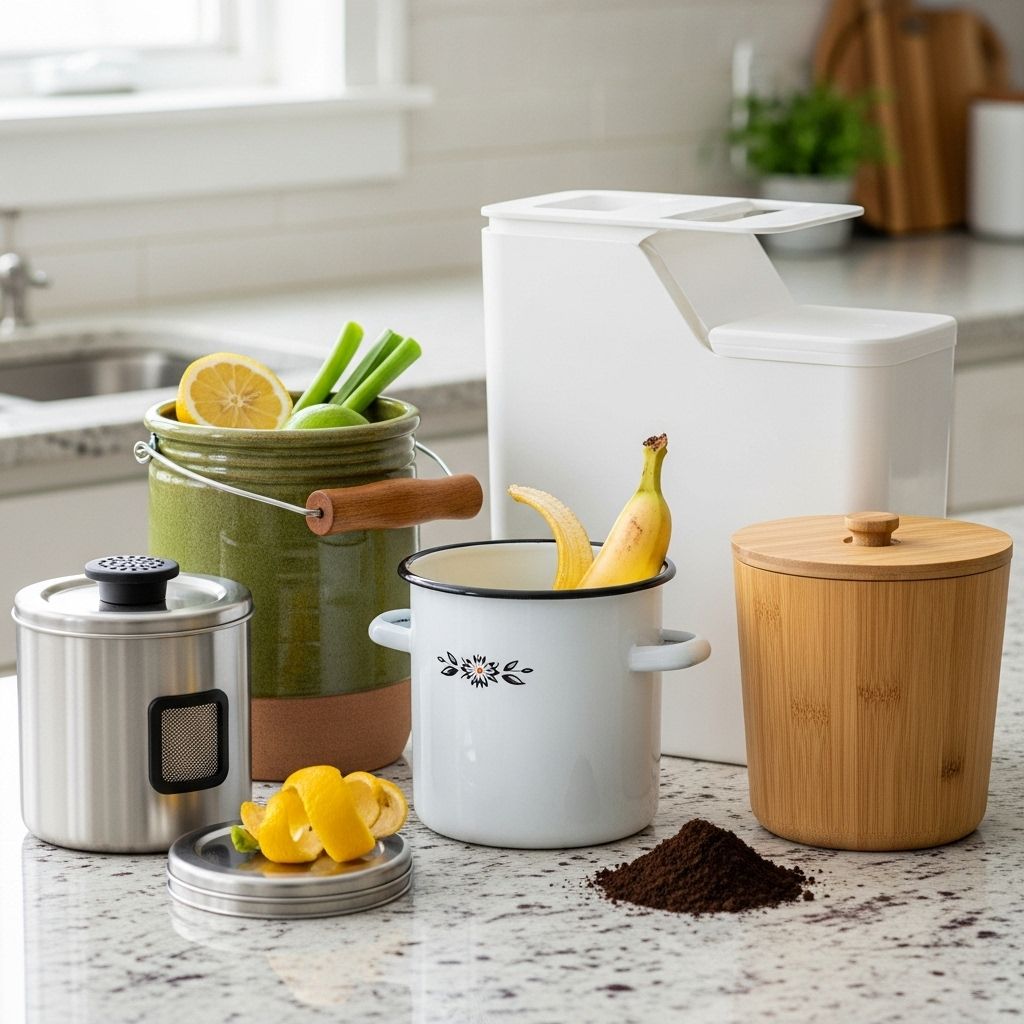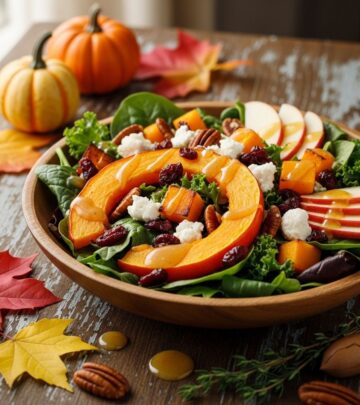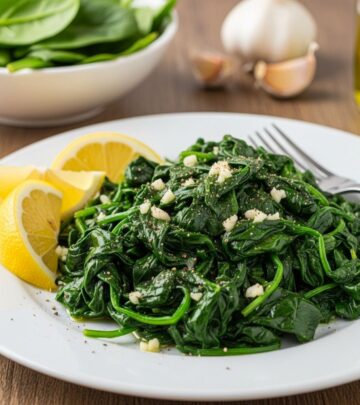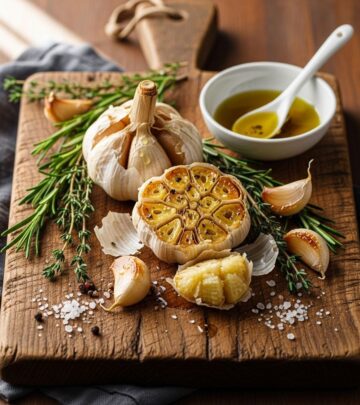The Best Countertop Compost Bins for Every Kitchen
Lock in odors and simplify daily food-scrap routines with a sleek, spill-free design.

Composting your kitchen scraps is a simple and impactful way to reduce food waste, enrich soil, and make your home more sustainable. A countertop compost bin is the first—and arguably the most important—step for anyone looking to get started. But with so many options out there, finding the right bin for your kitchen can be challenging. In this comprehensive guide, we break down everything you need to know, from the top tested bins to the features that matter most for odor-free, hassle-free composting.
Why Trust This Guide?
Our recommendations are based on hands-on testing of eight popular countertop compost bins, ranging in price and design. We considered real-world use cases—messy hands, busy kitchens, small counters—and ranked each bin on practicality, ease of use, size, odor control, and aesthetics. We also include expert advice, frequently asked questions, and tips on making composting a seamless part of your daily routine.
How We Tested Countertop Compost Bins
To find the best countertop compost bins, our team:
- Lined each bin with a compostable bag.
- Filled them with a variety of common kitchen scraps—vegetable peels, coffee grounds, eggshells, and more.
- Evaluated how easy each bin was to use with messy or wet hands, based on common kitchen scenarios.
- Tested odor control over several days, both with and without charcoal filters.
- Assessed cleaning and emptying: Did compost get stuck? Was the bin easy to empty and wipe down?
- Judged aesthetics, size, lid mechanism, and durability.
Our Top Picks
After extensive testing, we found that the best bin for you depends on your kitchen size, cleaning habits, and composting style. Below, we share our top picks, along with what makes each stand out.
| Compost Bin | Best For | Pros | Cons |
|---|---|---|---|
| Material Kitchen Recycled Plastic Compost Bin | Overall | Easy to use, dishwasher-safe, affordable, simple design | Not the largest capacity |
| Simplehuman Compost Caddy | Modern/Kitchen Integration | Magnetically attaches to trash bin, strong build, sleek | High price, less portable |
| OXO Good Grips Easy-Clean Compost Bin | Budget-Friendly | Affordable, user-friendly lid, compact | Lid can be fiddly, smaller volume |
| Bamboozle Bamboo Compost Bin | Best Design | Attractive, subtle, made from bamboo, easy-clean | May stain, costs more than plastic bins |
| Utopia Stainless Steel Compost Bin | Classic Look | Metal, sturdy, comes with a charcoal filter | Can dent, heavier |
Key Features to Consider When Choosing a Countertop Compost Bin
Not all compost bins are created equal. Here are the most important features our tests highlighted:
- Lid Design: Easy one-handed opening is crucial, especially when your hands are full or messy. Many testers found lids that prop open or have wide openings the most useful.
- Odor Control: While charcoal filters are common, our real-world tests showed that all the bins performed similarly with or without filters. Frequent emptying is what really prevents smells.
- Capacity: Choose a size that fits your cooking habits—a larger bin for big families or avid cooks; a smaller one for singles or couples.
- Ease of Cleaning: Dishwasher-safe bins are convenient, but any bin with smooth, seamless interior surfaces is easier to keep clean.
- Material: Plastic bins are lightweight and usually affordable; metal bins can dent but feel durable; bamboo bins blend in with modern decor but may stain.
- Style: Consider how the bin will look on your counter. If you’re leaving it out all the time, style might matter as much as function.
What Can You Put in a Countertop Compost Bin?
Most kitchen scraps can be collected, but knowing what to compost keeps your bin odor-free and your outdoor pile or collection service healthy. In general, you can compost:
- Fruit and vegetable peels, cores, and scraps
- Coffee grounds and paper filters
- Tea bags (if not made of plastic mesh)
- Eggshells
- Bread, grains, and pasta (in moderation)
Do not compost: meat, dairy, bones, or oily foods, as these can attract pests and cause odors.
How to Use a Countertop Compost Bin Effectively
- Line the bin with a compostable bag or sheet of newspaper for easy clean-up.
- Add kitchen scraps as you cook. Chop larger pieces so they break down easily.
- Keep the lid closed when not in use to limit fruit flies or odors.
- Empty daily or every few days, especially in hot, humid weather. Regular emptying is the best odor control method.
- Wash thoroughly with soap and water or run through the dishwasher if safe.
Other Factors to Consider
- Handles: Bins with sturdy handles are easier to carry, especially when full.
- Filters: Check if replacements are easy to find and affordable.
- Placement: Some bins magnetically attach to trash cans or under sinks for space efficiency.
- Bag Fit: Some bins fit standard compost bags, others may need special sizes.
Frequently Asked Questions (FAQs)
Q: Do I need a charcoal filter in my compost bin?
A: Based on real-world testing, bins contained odors well with or without the charcoal filter. Emptying the bin regularly is more effective than relying solely on filters.
Q: How often should I empty my countertop compost bin?
A: Ideally, every 1–3 days, depending on the climate, type of scraps, and how much you generate. In hot or humid conditions, empty daily to prevent odor and fruit flies.
Q: Can I compost citrus and onion scraps?
A: Yes, in moderation. While traditional advice cautioned against it, most municipal and backyard piles handle small amounts of citrus and onion just fine. Balance with plenty of other green and brown materials.
Q: Do I need to rinse or clean the bin each time?
A: Not every time, but regular cleaning (every one or two empties) prevents residue buildup and odors. Many bins are dishwasher-safe for convenience.
Q: What’s the best place to keep my compost bin?
A: Keep it within arm’s reach—on your counter, near where you chop vegetables, or even attached to the inside of a trash cabinet for space saving.
Tips for Odor-Free and Pest-Free Countertop Composting
- Empty regularly: Odors and fruit flies build up as scraps sit, especially in summer.
- Use liners: Compostable bags or newspaper sheets help with clean-up.
- Avoid adding overly wet or sugary scraps without balancing with dry material: Too much moisture encourages mold and odors.
- Keep a tight-fitting lid: This deters flies and keeps smells contained.
- Rinse quickly after emptying: Prevents buildup and makes long-term cleaning easier.
Final Thoughts
Choosing the right countertop compost bin can make home composting much simpler, tidier, and more pleasant. Whether you prioritize affordability, style, or ease of cleaning, there’s a bin to suit your space. Remember, the most effective way to keep your bin fresh and your kitchen odor-free is regular emptying and cleaning. With a little routine and the right tools, composting can become a seamless part of any kitchen.
References
Read full bio of Shinta












